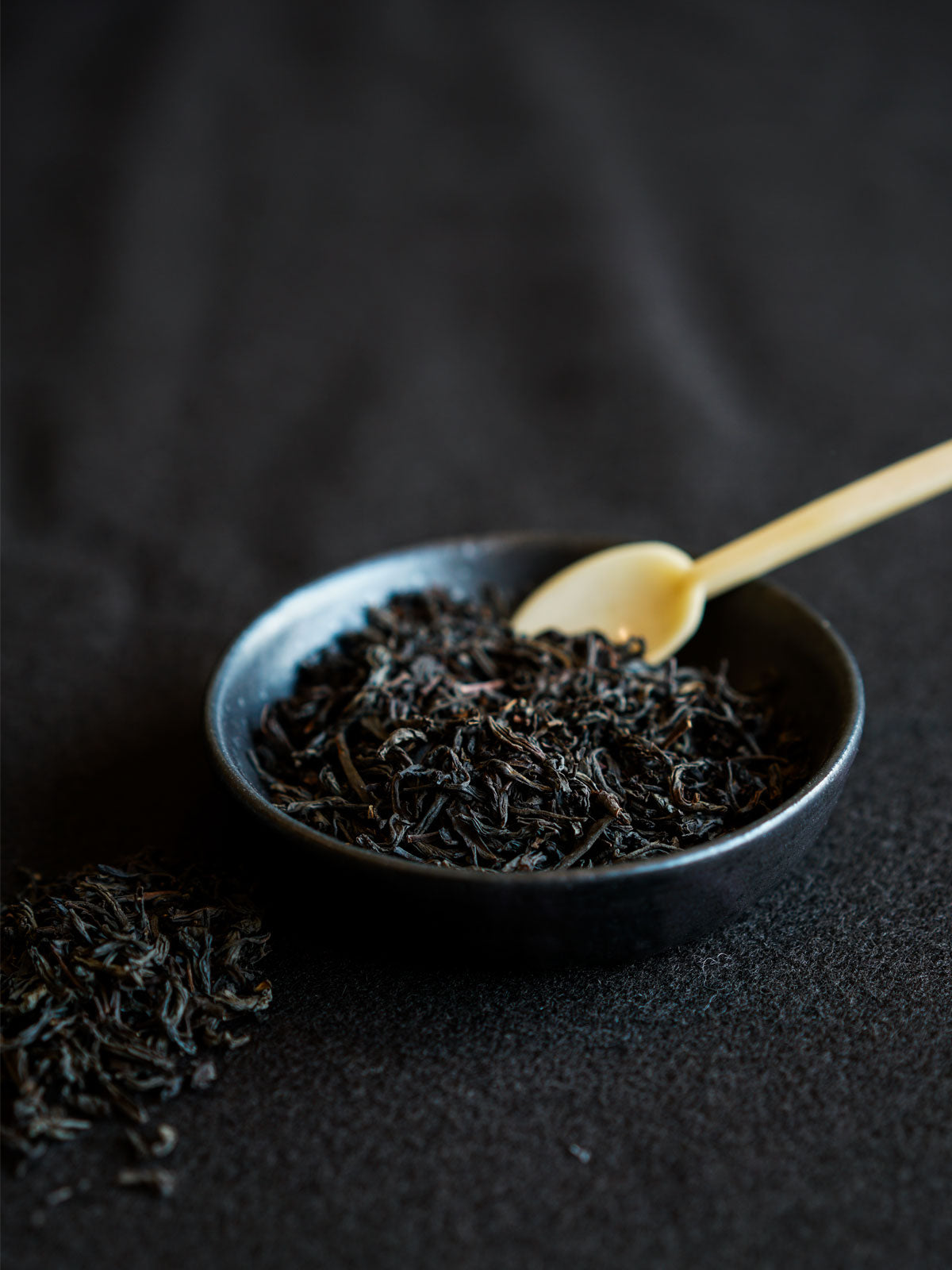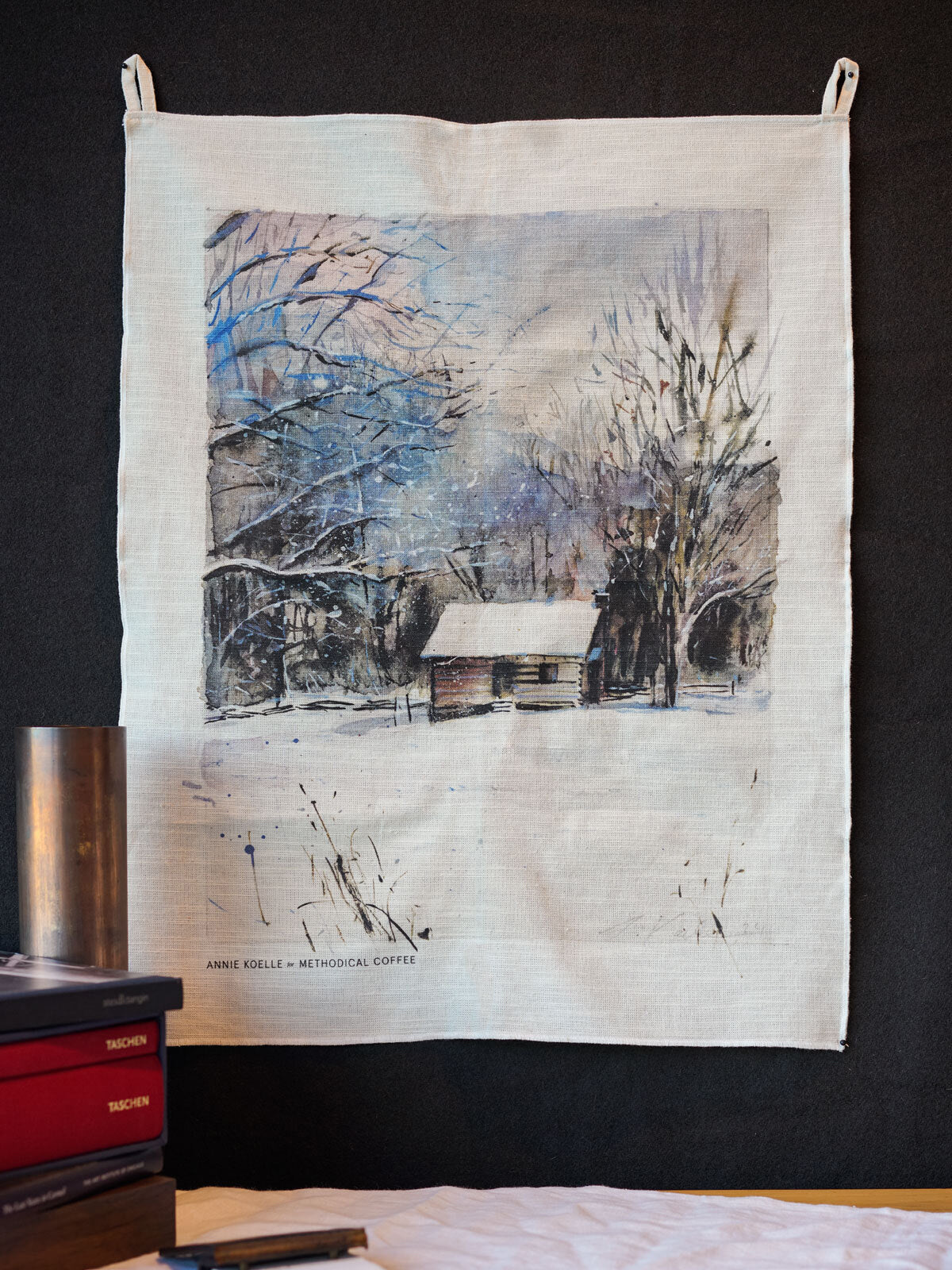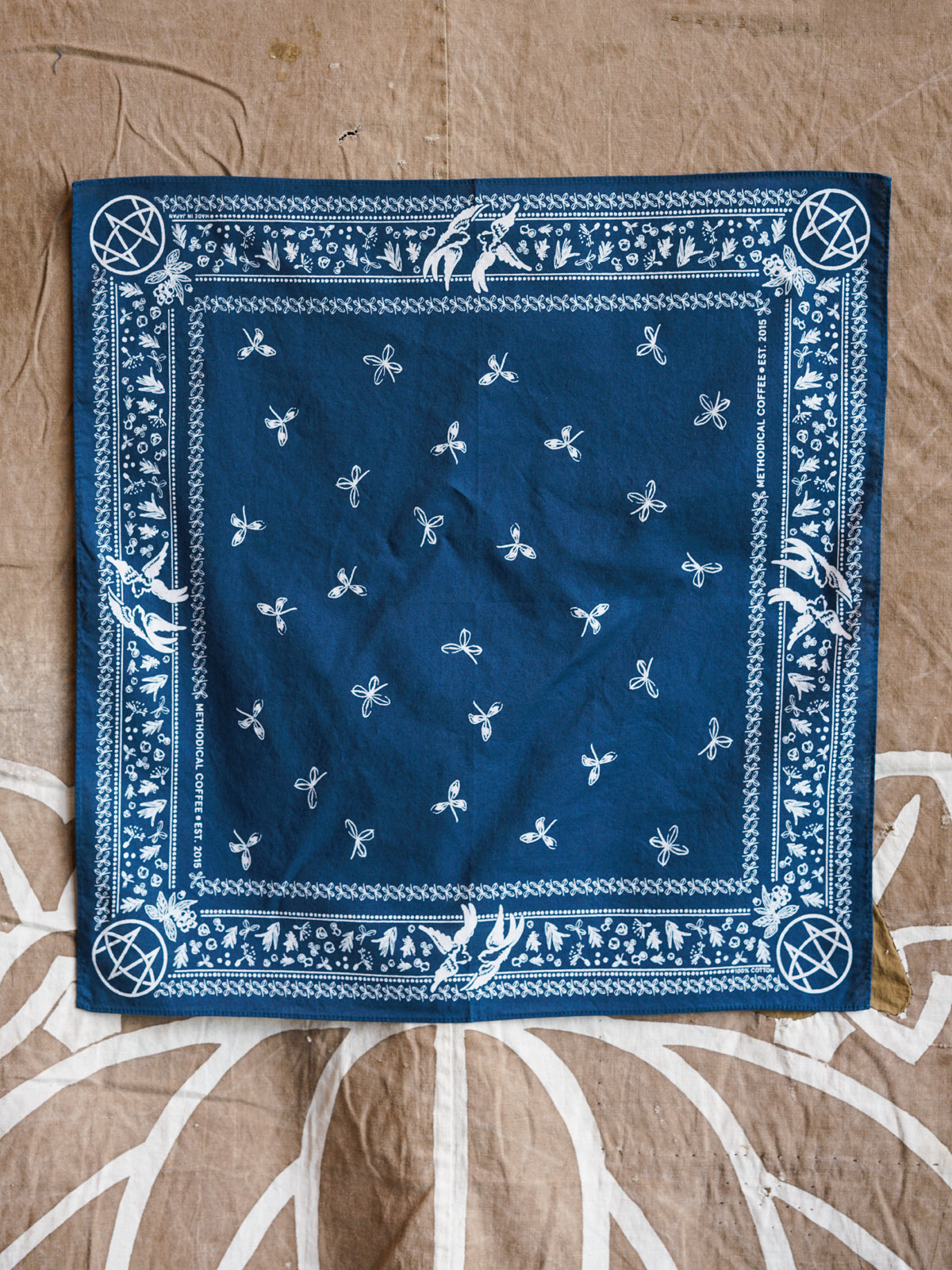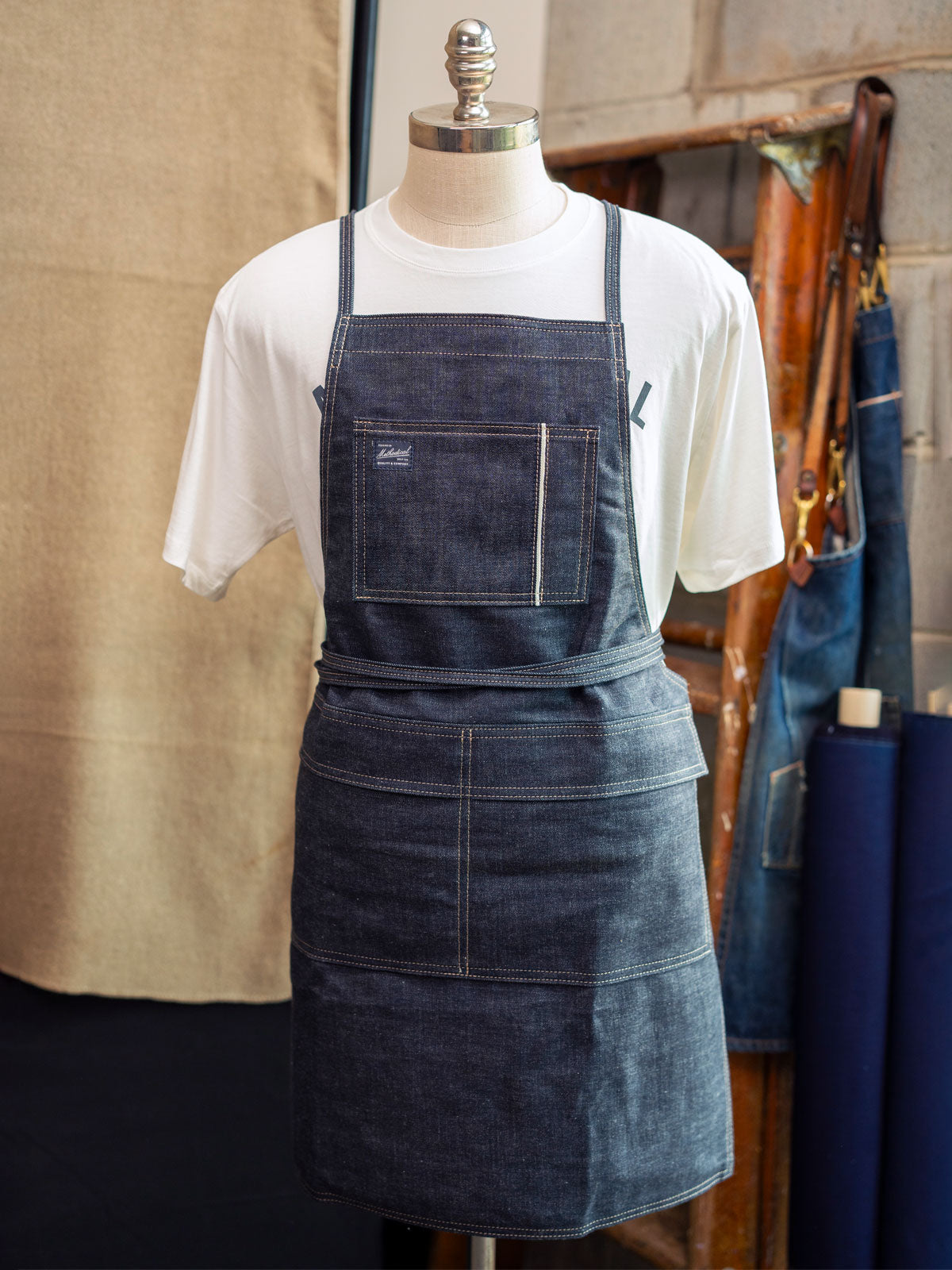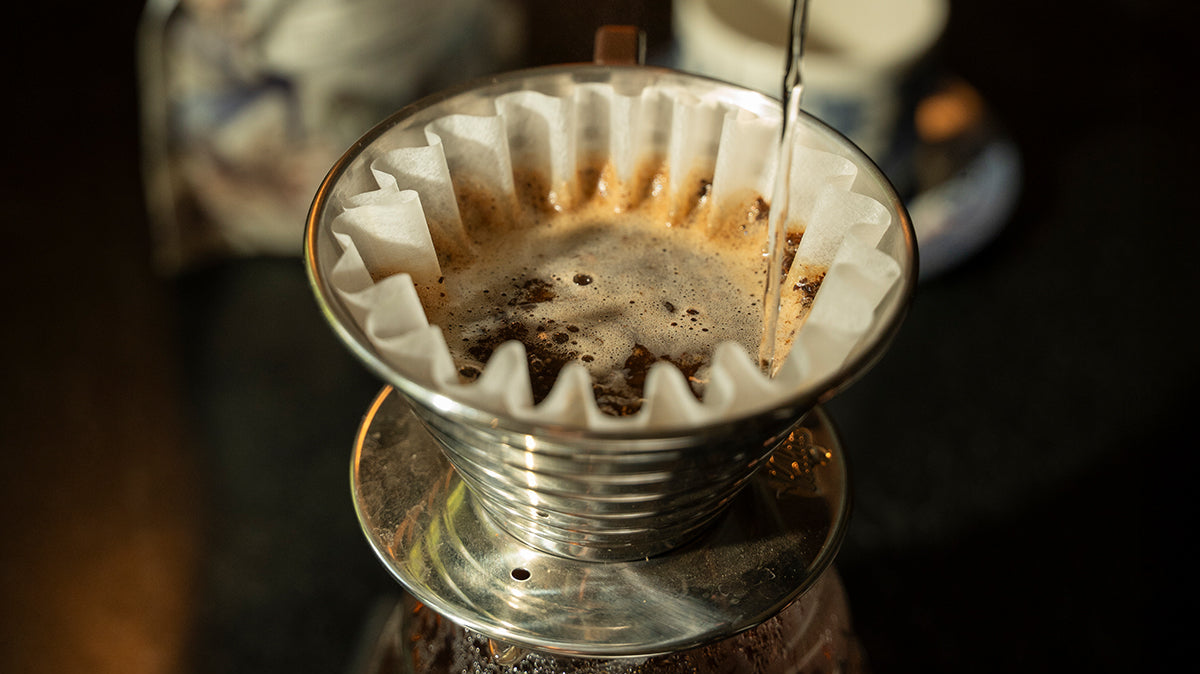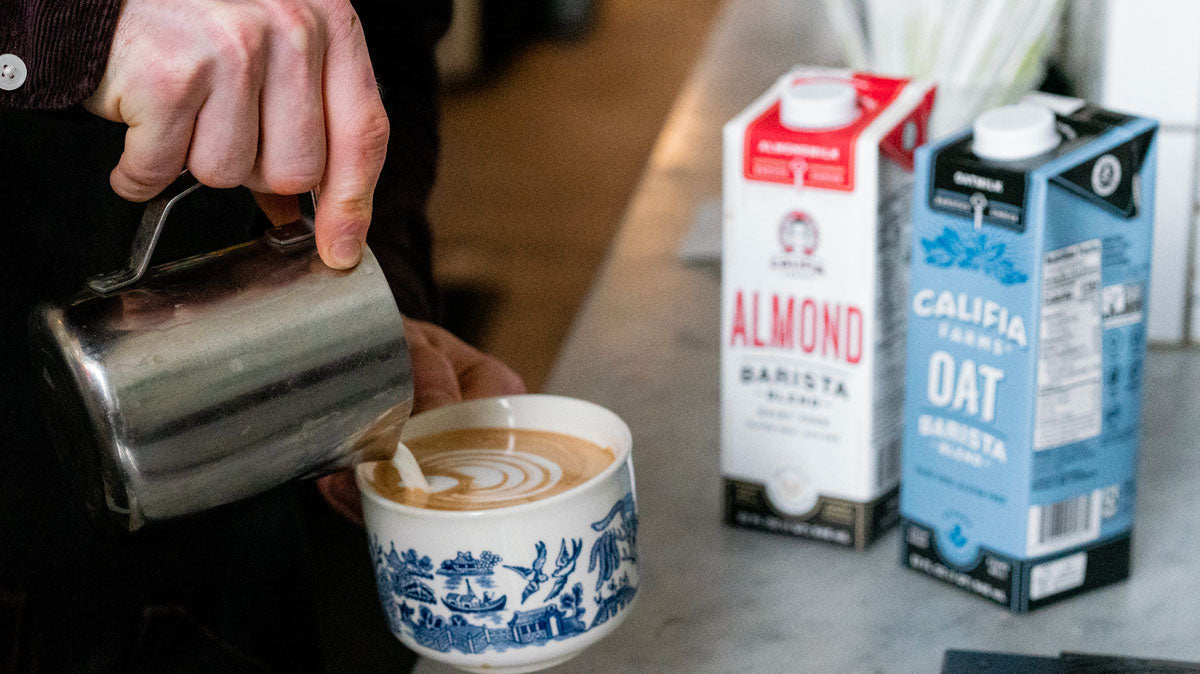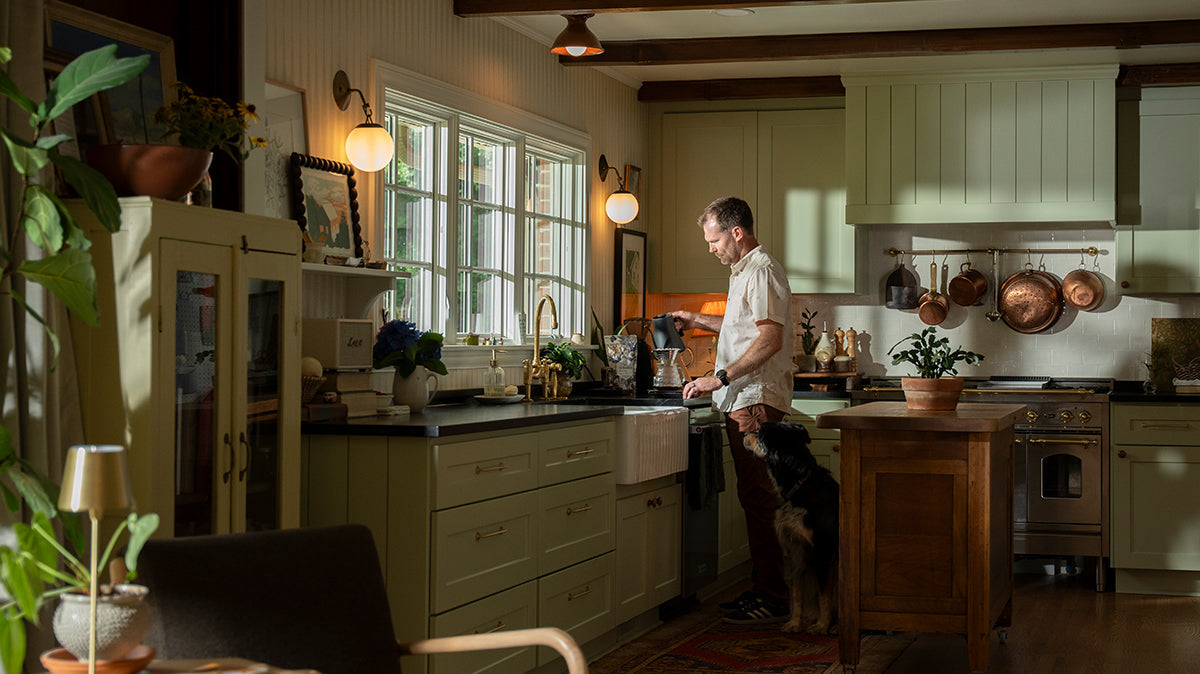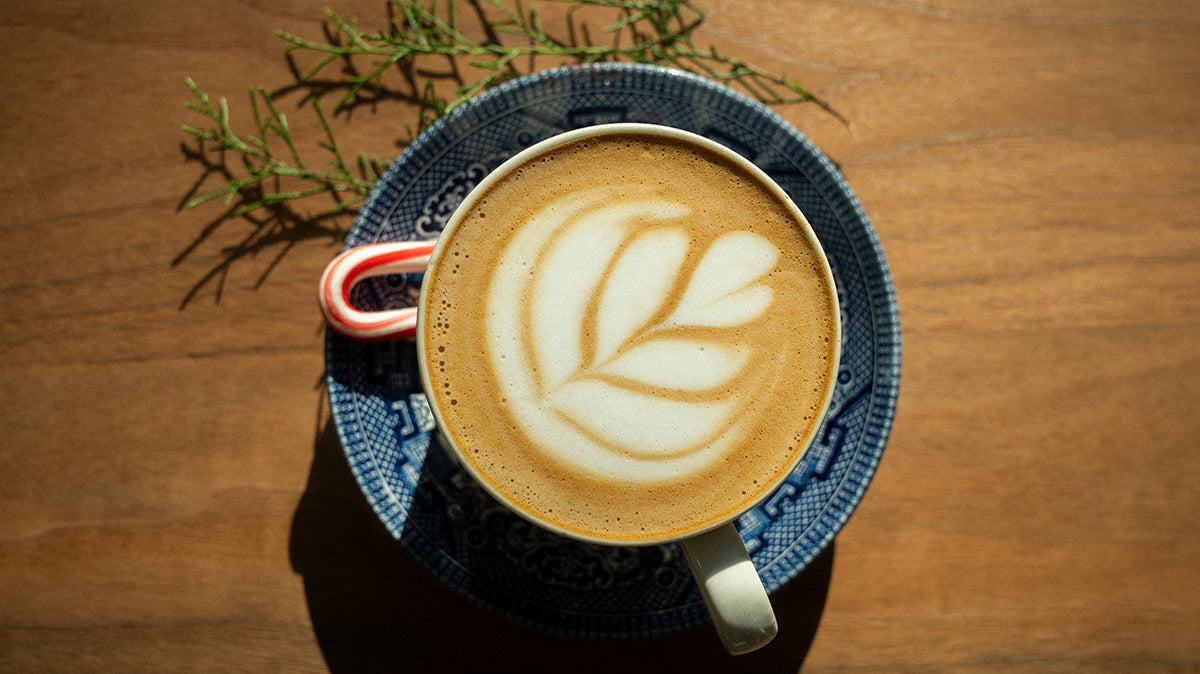It’s rare that you won’t find a latte on the menu of a coffee shop. These beverages are a staple in cafes, coffee shops, breakfast nooks, and more. Whether you’re a novice coffee drinker or a coffee enthusiast wanting to learn more about making coffee at home, learning about lattes is imperative to your journey. In this post, we’ll explain exactly what a latte is, how to make one at home, and share some other best practices so you can make a delicious latte every time.
What is a Latte?
A latte is a popular coffee drink that originated in Italy. It is made with espresso and steamed milk, resulting in a creamy, frothy beverage. The name "latte" comes from the Italian "caffè latte," which means "milk coffee." A typical latte consists of one or two shots of espresso, topped with steamed milk and a small amount of froth or foam. The ratio of milk to coffee is usually around 3:1, making it a milder, creamier option compared to other espresso-based drinks like cappuccino or macchiato.
Lattes have been around for centuries, commonly consumed as a breakfast drink throughout Europe, though they’ve most recently gained popularity as a staple of the American coffee culture. Now, you can enjoy a latte at any time of the day.
How to Make a Latte
Making a latte at home is both easy and enjoyable. Read on to learn what ingredients and equipment you’ll need, as well as the steps to follow when making a latte.
Latte Ingredients
Making a cafe latte is fairly simple, whether you’re making one at home or in a coffee shop. To make a latte, you’ll need the following ingredients:
- Milk of choice
- Medium Roast Coffee (Learn more about why medium roasts work best for espresso-based drinks.)
When made with high-quality espresso and milk, a traditional cafe latte is smooth, creamy, and balanced and is therefore made without flavor or sweetener. However, lattes make the perfect base when making sweeter, specialty drinks with different flavor profiles. Popular flavors to add to lattes include vanilla, caramel, and mocha.
Equipment
A typical latte is made with steamed milk and espresso, so to make an authentic latte you’ll need an espresso machine with a steam wand. This is the most efficient way to make a latte, but it’s not the only way.
Learn more: How to Choose a Home Espresso Machine
You can make a latte without an espresso machine by steaming milk by hand or using a milk-steaming appliance and brewing espresso using an Aeropress, Moka pot, or French press coffee maker. The results may differ from what you’re used to getting at your favorite coffee shop, but you’ll still end up with a deliciously rich, creamy latte.
How to Make a Latte with an Espresso Machine
Make a latte at home with an espresso machine by following these simple steps.
Step One: Pull the Espresso Shot
Grind your coffee of choice to the correct consistency and tamp it into the basket of your portafilter. Insert the portafilter into your espresso machine and start pulling your espresso shot. You can pull the espresso directly into your coffee cup, or you can pull the espresso into a shot glass. While the espresso shot is pulling, start steaming your milk.
Learn more: How to Pull a Shot of Espresso
Step Two: Steam the Milk
Submerge the tip of the steam wand just under the surface of the milk and turn the steam wand on. The steam wand will introduce air into the milk to help create bubbles and volume. This step only takes a few seconds, at most, to aerate the milk and create foam. After a few seconds have passed, submerge the steam wand further into the milk to continue the steaming process.
If your espresso machine is automatic, it will stop steaming once the target temperature is reached. If you have a manual espresso machine, you’ll need to keep an eye on the temperature and your hand on the milk steaming pitcher to make sure the milk doesn’t scald.
Learn more: How to Steam Milk for a Latte
Step Three: Pour Your Latte
Once your espresso is ready and your milk has been steamed, it’s time to pour the latte! Tilt the cup with espresso at a 45-degree angle and hold your steaming pitcher high, about 5-6 inches above the cup. Pour the steamed milk into the deepest part of the espresso so that the milk goes under the crema and blends with the espresso. Keep your pour slow and steady so the milk and espresso have time to blend.
Learn more: How To Pour Latte Art (Pro Tips for Beginners)
How to Make a Latte without an Espresso Machine
Making a latte without an espresso machine is entirely possible and follows similar steps, though the process tends to be a bit longer depending on what equipment you use.
Step One: Make your Espresso
You can approximate the taste of traditional espresso by brewing concentrated coffee that’s similar to espresso’s water to coffee ratio (2 to 1) using a French press coffee maker, an Aeropress, or a Moka pot. You’ll need to follow the specific instructions for each appliance, but you’ll typically need finely-ground coffee to make “espresso” with these methods.
Learn more: How to Make French Press Espresso
Step Two: Steam the Milk
There are many ways to steam milk without an espresso machine. You can use a milk frothing pitcher which automatically steams your milk, or you can use a handheld frother. With a handheld frother, you’ll need to heat your milk before using the frother. Otherwise, you won’t get any foam.
Step Three: Pour Your Latte
Once you’ve brewed your concentrated coffee and steamed milk, it’s time to pour your latte! Pour the milk into the coffee, holding the milk pitcher about 5-6 inches above the cup so the milk and coffee can combine evenly.
Learn more: Espresso vs. French Press: What's the Difference?
Which Milk Makes the Best Cafe Latte?
You can make a latte with almost any type of milk. Here are some of the best types of milk to use when making a latte.
Whole Milk
Baristas swear by whole dairy milk when making cafe lattes because the fat content in whole milk allows for perfectly frothy, steamed milk nearly every time. Whole milk has a fantastic mouthfeel and balances the acidity of espresso perfectly.
2% Milk
2% milk is a decent substitute for whole milk when making a latte. Though it has less fat than whole milk, it can still create decent foam when steamed.
Skim Milk
Skim milk, or non-fat milk, doesn’t make a great latte because it doesn’t make foam as well as milk with higher fat content. If you want to reduce the calories and you don’t mind a less frothy latte, you can use skim milk when making a latte at home.
Oat Milk
Oat milk is an extremely popular dairy-free milk used in coffee beverages because of its flavor, vitamins, and fat content. Barista grade oat milk has extra thickeners, so it steams almost as well as whole milk, which makes it a favorite of baristas and coffee drinkers alike.
Learn more: 5 Best Oat Milks for Coffee
Soy Milk
For decades, soy milk has been the go-to non-dairy option for coffee. You can absolutely use soy milk to make a latte as it steams well and doesn’t compete with the flavor of the espresso.
Pour Your Favorite Cup
To level up your at-home barista skills, learning how to make a latte is a mandatory part of the process. Whether you invest in an espresso machine or other multi-functional appliance, making a latte at home is a simple affair. No matter which method you choose, we’ve got a wide selection of coffee roasts to help you make the perfect latte every time.
You might also like:
- Coffee to Water Ratio: The Ultimate Guide to Brewing Ratios
- Best Water for Coffee: Your Guide to the Perfect Cup
- What is a Cappuccino? and How Do You Make One?
- What is a Macchiato and How Do You Make One?
- What is a Flat White? And How Do You Make One?
- What is a Cortado? And How Do You Make One?
- 7 Best Burr Grinders for Coffee


